Smoke Tales
Smoke
A lot of talk is currently generated around the globe about tradition and culture. At the time of writing COP26 has just started in Glasgow where climate change and its effects will be discussed. Carbon emissions are considered the culprit for all manner of planetary ailments. Coal fires and energy produced from coal fired power stations are considered guilty of crimes from disease to global warming.
In the North as autumn gradually slips to winter and the trees begin to lose their crimson, yellow and gold leafed glory, chill creeps into homes and bones. Shortly the winter gales will sweep in and a golden carpet of leaves and twigs will need sweeping into heaps and the bonfires start to smoke their acrid smell to the damp air. Autumn is a time of Aroma and sensing. Aromatherapy is not just about the perfume of the smell, the aroma but the sensing.
For a few weeks wood and twigs have been collected to make the celebratory bonfires in the month of November. Chimneys have been cleaned and the first logs added to the stove for the first fires of winters. Fireworks crackle, burst with glorious light ad colour and the smell of gunpowder taints the air. Hot mulled wine wafts its signature from cups held in mittened gloves, steaming its notes of cinnamon and orange to sparkling faces. Cemetries are visited and candles lighting up graves with jewels of colour from the lanterns and the air becomes heavy with the smell of warm waxes and scents.
Such fiery traditions and cultures in Northern and colder climes are linked with the ancestors a time of remembrance and reflection. A time of scents that evoke memories. This is the time when the veil is thin and the meaning of the term ‘par fum’, through the smoke, gives meaning as one stares into the smoke wraiths and sparks.
‘Smoke gets in your eyes’, has become an enduring favourite since its creation in 1933. The list of performers and artists who performed this song is a history of the greatest performers. The lyrics say ‘Tears I cannot hide, So I smile and say, When a lovely flame dies, Smoke gets in your eyes’. Certainly smoke can sting the eyes and with any fragrance creation there has to be the not only the heat of embers but the passing drift of remembrance as it fades.
Coal has its own sharp, cold scent but wood smoke comes in variety. Oak smoke has a warm smell of summer whilst Alder has a more light and sweeter note for it burns brightly and quickly. The fruit woods give the best aromatic smokes each does have the slightest connection with its flavour such as the lightness of apple and pear or the more tangy but richer notes of cherry. Walnut has a rich earthy smell contrasting strongly with the crisp and sweet pine burning brightly.
So having eulogised about smoky smells and their cultural and traditional values. It is a good moment to realise according to our modern world we have been killing ourselves and others as well as damaging the planet for all our human existence on earth. It is apparently amazing we have survived. Unfortunately for such people who try to look after us for some reason the scent of smoke mostly makes a person nostalgic, rested, consciously or subconsciously! It somehow relates to every human being and contentment.
One best selling candle by St.Eval is burnt embers and in perfume perhaps this aroma is best exemplified by Miller Harris with La Fumee Classic a great perfume for cold and winter weathers. For me the starting note for any perfume of this nature is Vetiver which unsurprisingly is at the heart of Smoke by Smoke Perfume & Co. Tobacco, leather and amber are also common to smoky creations and surprisingly jasmine is also common but vetiver excels.
Vetiver is of course a tenacious grass with a root system used to stabilise soils. For me it is the smell of earth but the acridity of smoke at the back of the throat is certainly available. Distilled from the roots the oil has a thickish consistency and deep amber in colour but the place of origin produces highly variable aromas., commonly from Haiti which is the lightest, to Indonesian which is the best for a smoke feel.
In aromatherapy vetiver is considered strengthening and stimulating and is used in some rubefacients. Most writers seem to refer to the emotional or spiritual aspects of this earthy, smoky oil. Valerie Worwood in her book the Fragrant Mind talks of different personality types associated with certain oils. Valerie Worwood writes “Vetivers are often strong and intellectual, with a strong sense of reality and awareness.” She goes deeper into the personality of people who typify vetiver, “the vetiver type will be very interested in the esoteric side of life…. They are also very likely to experiment, and their sensuality does have a deep , mysterious side.” Irrespective of the human personalities she attributes to this oil, it is a fair description of vetiver itself.
The Ladies of the Lake booklet (available from Fragrant Earth) tells us this is the time of Morgan le Fay where the fragrance created for her distils the essence of the season and where Vetiver features. “I am the dark wraith of the quickening night…My heart is as of Bran’s raven’s feathers, dark, deep with the old craft… I stand where the veil is thin and candles bur..” An active perfume for those who love aromatherapy.
Dry distillation of woods unsurprisingly provides the tar side of smokiness. Cade oil is a good example. Traditional Moroccan medicine use gives a multiple of use especially for bronchitis, colds and fevers. Incense is also created for its spiritual value. In essence woods are turned to charcoal or char. A variety of distillates can be obtained including methanol (wood alcohol) and tar such as pine tar and turpentine. Cade oil should be rectified to avoid the carcinogenic properties attributed to the many tars.
I must confess to saying that I like the smell of tars from road mending to, boat caulking. They smell to me of clean smoke – now that is an odd thing as prior to our knowledge of cancers they were considered good for respiratory problems.
The chase for a good smoky fragrance has been resolved by many good perfumers and aromatherapists understand the need humans have for deep ancestral connections evoked by the times and seasons and its aromas. For now is the time of the crisp flame that yields little smoke but when the cold comes down and embers dull, dense smoke comes that sting, obscures and chokes.
From candle to incense, fine fragrance to tar, smokiness is part of the gamut of olfactory experience with its deep roots in human society.
J.Kuśmirek
© November 21.

 Essential Oils
Essential Oils
 Hydrolats, Hydrosols, Floral Waters
Hydrolats, Hydrosols, Floral Waters
 Synergies
Synergies
 Herbal Oils
Herbal Oils
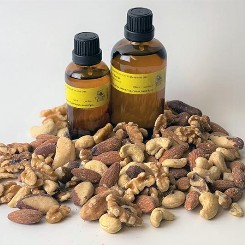 Vegetable Oils
Vegetable Oils
 Bases
Bases
 Books, Kits and Trial Packs
Books, Kits and Trial Packs
 Skincare
Skincare
 Body Care Oils
Body Care Oils
 Hair Care
Hair Care
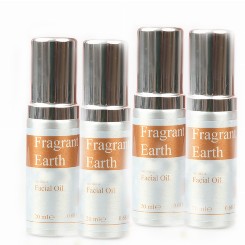 Facial Oils
Facial Oils
 Eco Bath
Eco Bath
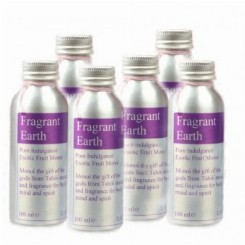 Pure Indulgence
Pure Indulgence
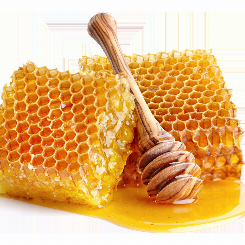 Honey, Beeswax & Propolis
Honey, Beeswax & Propolis
 Handcream
Handcream
 Balms, Salves & Ointments
Balms, Salves & Ointments
 Oral Care
Oral Care
 Feminine Hygiene
Feminine Hygiene
 Sun Care
Sun Care
 The Walton Cat
The Walton Cat
 Bath Salts
Bath Salts
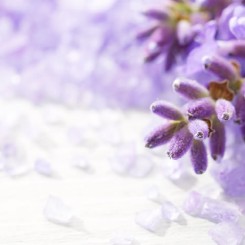 Somerset Lavender
Somerset Lavender
 Diffusers
Diffusers
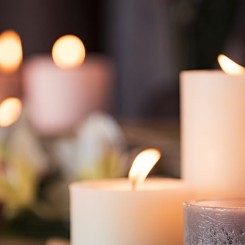 Candles
Candles
 Shower Gel
Shower Gel
 Soap
Soap
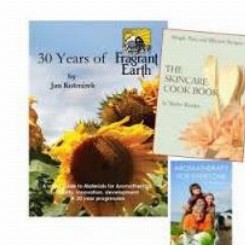 Books
Books
-245x-245x.jpg) Aromatic Waters
Aromatic Waters
 Style Aroma
Style Aroma
 Synergy Blends
Synergy Blends
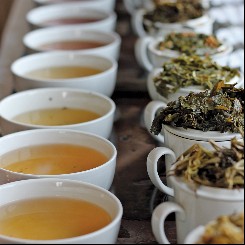 Miles Speciality Teas & Coffees
Miles Speciality Teas & Coffees
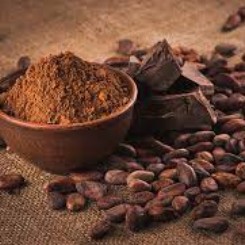 Chocolate one of life's passions
Chocolate one of life's passions